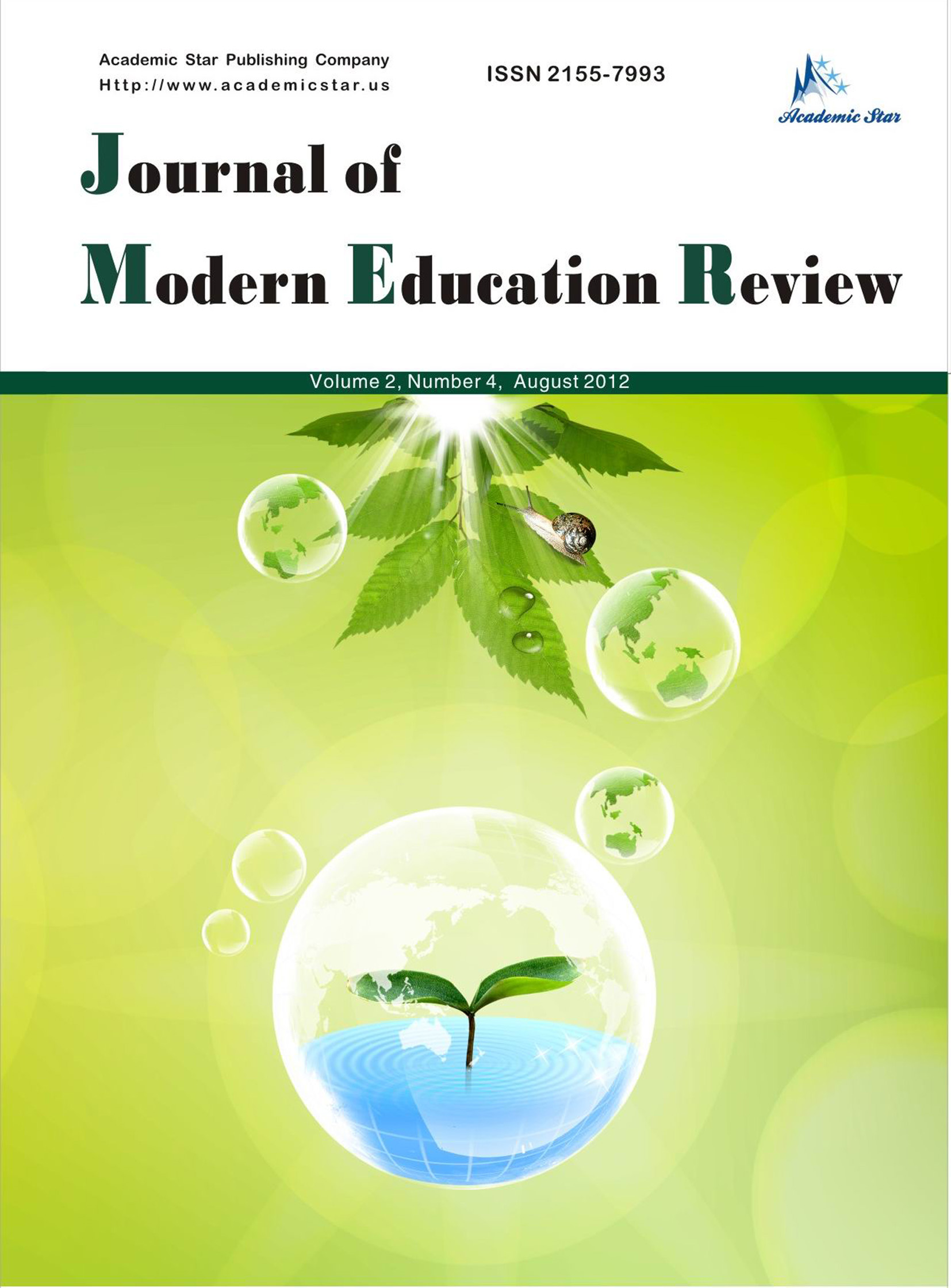
- ISSN: 2155-7993
- Journal of Modern Education Review
The Effectiveness of Plyometric Training in Speed and Agility in Young Basketball Players
University of Peloponnese, Greece)
Abstract: The investigation of the effectiveness of plyometric training in young elite basketball players (A1 National GREEK Division) of the 2019-2020 competitive season was the aim of this study. The participants were 20 young elite professional basketball players with a training age of 6–8 years (biological age 18–20 years, average weight 88 kg, average height 1.95 cm and average body fat 10–12%). The basketball players were geographically divided into two groups of n = 10 people, where the (A) group (experimental group) performed a plyometric training program for four weeks with three training sessions per week, in addition to their daily training routine with the strength & conditioning coach. The (B) group of n = 10 people, was the control group which performed only their daily strength training regimes. The plyometric training consisted of the following exercises: A) squat and jump B) stepping and jumping on a 45 cm BOX (one foot separately on each leg), C) jumping with both feet on a 60 cm BOX, D) jumping a 60 cm obstacle. Four sets of 15 repetitions were performed for each exercise with a break of 90 seconds per set and a break of 3 minutes per exercise. A pre-test and a post-test analysis were performed, with speed tests at 5 m, 10 m, 20 m, as well as an agility test (Illinois test. The main findings of the research show that plyometric training (PT) for four (4) weeks with three (3) sessions per week during the competitive season, can significantly improve speed and agility in young elite professional athletes compared to the traditional strength training in the sport of basketball. In particular, after the implementation of the protocol, the athletes of group A (experimental group) improved statistically significantly both in speed in the three examined distances (5-10-20 m) as well as in the agility of the Illinois Agility Test in relation to the athletes of group B (control group).
Key words: basketball, plyometric training, elite basketball players, speed, agility






